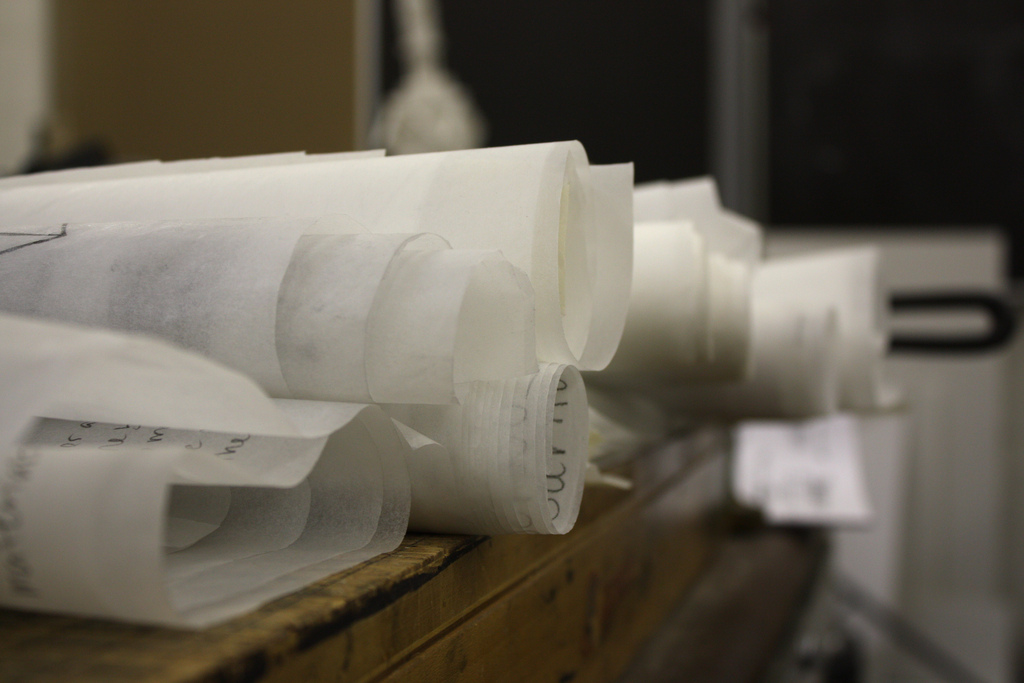The American Institute of Architects (AIA) has created the Equity in Architecture Commission, a blue-ribbon panel of leading architects, educators, and diversity experts to investigate diversity and inclusion in the profession.
The 20-member group is charged with assessing recent data, setting a plan of action, and reporting on results to the AIA Board of Directors by the end of 2016. The commission is a result of the “Equity in Architecture” resolution passed at the 2015 AIA annual meeting—a call to action to retain talent, advance the profession, and further the value of design in society through diversity actions.
“Diversity and inclusion is a priority of the AIA. We have made progress, but not fast enough. The world around us is changing much faster and we can do better,” said 2015 AIA President Elizabeth Chu Richter, FAIA. “We have great opportunity now to look at how to achieve the equity, diversity, and inclusion in AIA member firms through a creative means and provide a framework for the profession to act faster and better to meet a growing demand for architects.”
The goals for the Equity in Architecture Commission include:
- Develop specific recommendations that will lead to equitable practices
- Create measurable goals and develop mechanisms for assessing ongoing progress
- Present a plan of action based on the Commission’s recommendations
Related Stories
| Nov 8, 2013
Oversized healthcare: How did we get here and how do we right-size?
Healthcare facilities, especially our nation's hospitals, have steadily become larger over the past couple of decades. The growth has occurred despite stabilization, and in some markets, a decline in inpatient utilization.
| Nov 8, 2013
Can Big Data help building owners slash op-ex budgets?
Real estate services giant Jones Lang LaSalle set out to answer these questions when it partnered with Pacific Controls to develop IntelliCommand, a 24/7 real-time remote monitoring and control service for its commercial real estate owner clients.
| Nov 8, 2013
S+T buildings embrace 'no excuses' approach to green labs
Some science-design experts once believed high levels of sustainability would be possible only for low-intensity labs in temperate zones. But recent projects prove otherwise.
| Nov 8, 2013
Net-zero bellwether demonstrates extreme green, multifamily style
The 10-unit zHome in Issaquah Highlands, Wash., is the nation’s first net-zero multifamily project, as certified this year by the International Living Future Institute.
| Nov 8, 2013
Walkable solar pavement debuts at George Washington University
George Washington University worked with supplier Onyx Solar to design and install 100 sf of walkable solar pavement at its Virginia Science and Technology Campus in Ashburn, Va.
| Nov 6, 2013
PECI tests New Buildings Institute’s plug load energy use metrics at HQ
Earlier this year, PECI used the NBI metrics to assess plug load energy use at PECI headquarters in downtown Portland, Ore. The study, which informed an energy-saving campaign, resulted in an 18 percent kWh reduction of PECI’s plug load.
| Nov 5, 2013
Net-zero movement gaining traction in U.S. schools market
As more net-zero energy schools come online, school officials are asking: Is NZE a more logical approach for school districts than holistic green buildings?
| Nov 5, 2013
New IECC provision tightens historic building exemption
The International Energy Conservation Code has been revised to eliminate what has been seen as a blanket exemption for historic buildings.
| Nov 5, 2013
Living Building Challenge clarifies net-zero definitions and standards
The Living Building Challenge has released the Net Zero Energy Building Certification to provide clearer definitions regarding what net zero really means and how it is to be achieved.
| Nov 5, 2013
Oakland University’s Human Health Building first LEED Platinum university building in Michigan [slideshow]
Built on the former site of a parking lot and an untended natural wetland, the 160,260-sf, five-story, terra cotta-clad building features some of the industry’s most innovative, energy-efficient building systems and advanced sustainable design features.

















